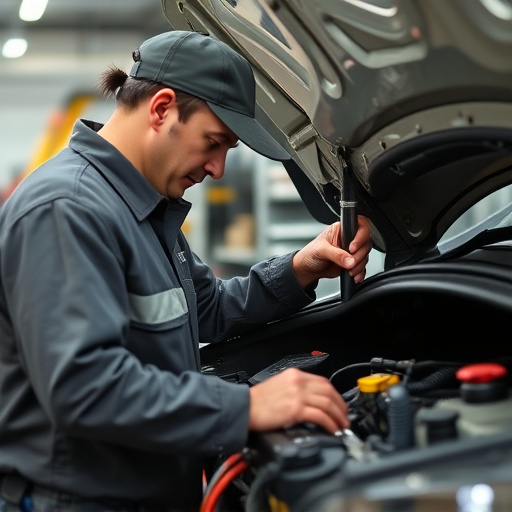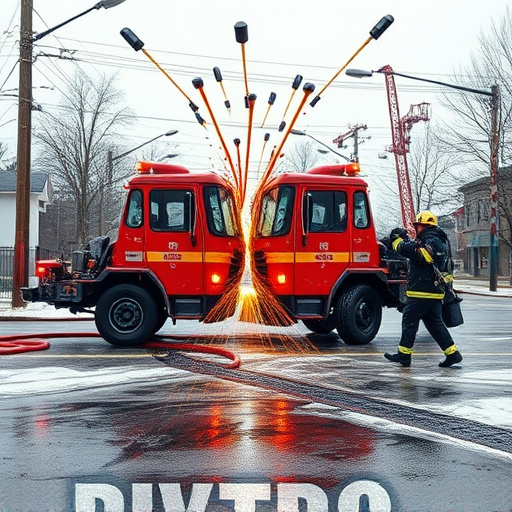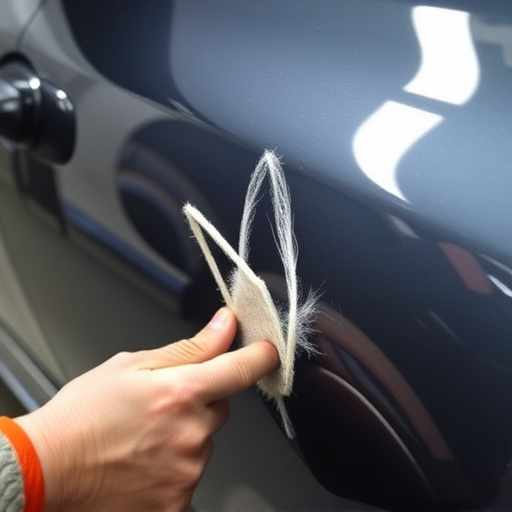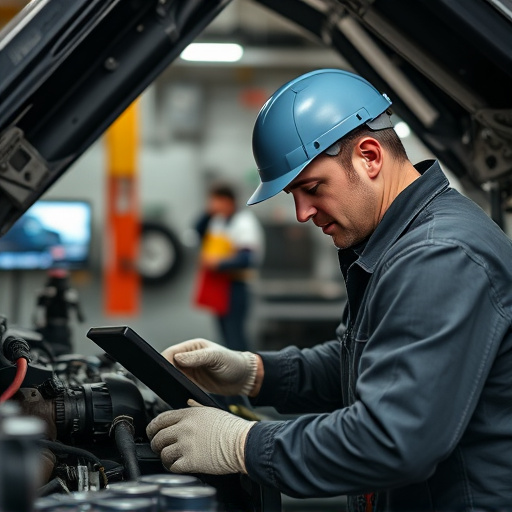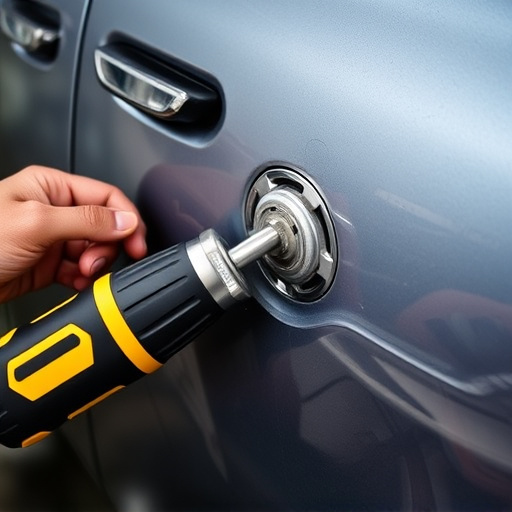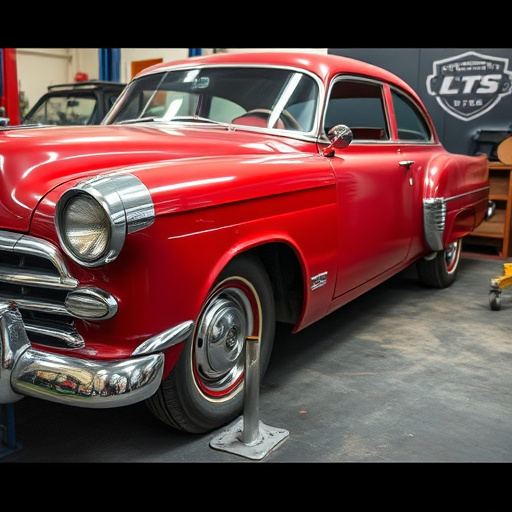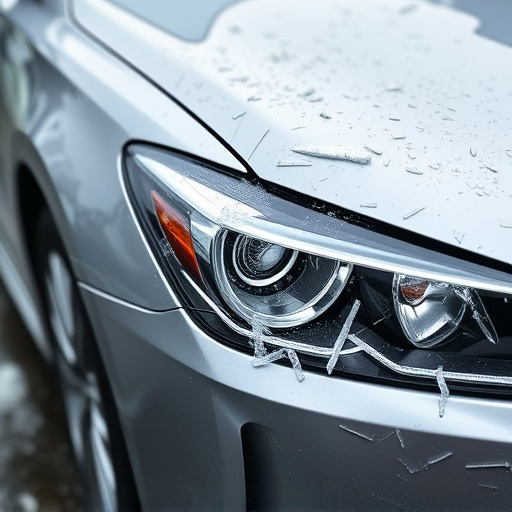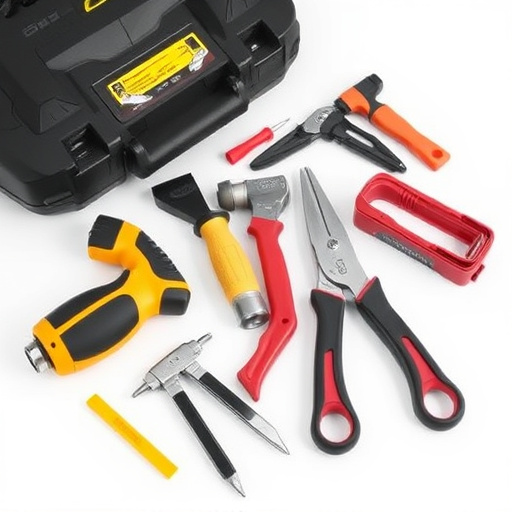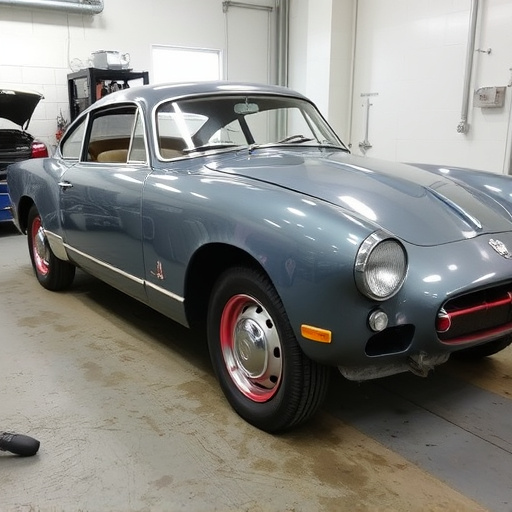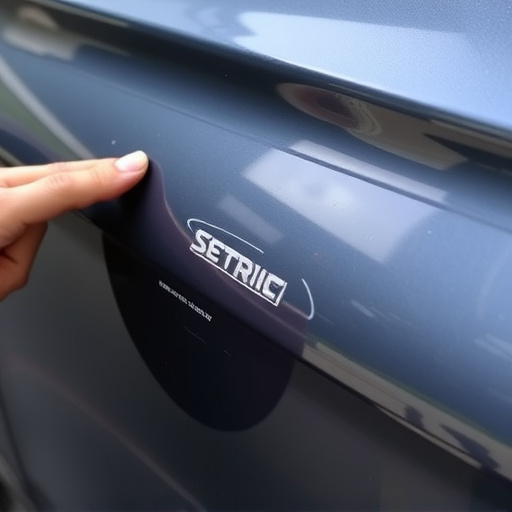Aluminum body components excel in automotive manufacturing due to their superior strength-to-weight ratio, enabling fuel efficiency and design flexibility. While steel offers superior durability and corrosion resistance with its robust structure and natural rust protection, aluminum's formability allows for intricate designs and easy customization, making it ideal for auto repair and collision restoration.
Aluminum body components have gained popularity in automotive manufacturing due to their lightweight construction, offering improved fuel efficiency. This article delves into the advantages of aluminum over steel body parts, highlighting durability and corrosion resistance. We explore the manufacturing processes behind shaping metal differently, with a focus on the benefits each material brings to modern vehicles. Discover why the choice between aluminum and steel is crucial in designing sustainable and efficient automobiles.
- Lightweight Construction: Aluminum's Advantage
- Durability and Corrosion Resistance: Steel Stands Strong
- Manufacturing Processes: Shaping Metal Different Ways
Lightweight Construction: Aluminum's Advantage
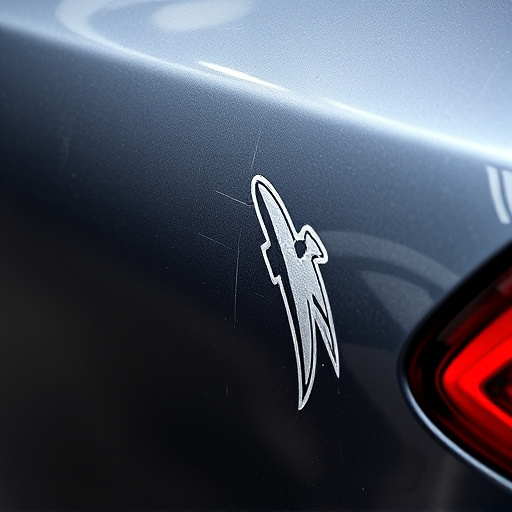
Aluminum’s lightweight construction is one of its most significant advantages when compared to steel body parts. This metal is renowned for its exceptional strength-to-weight ratio, making it a preferred choice in the automotive industry for creating efficient and high-performing vehicles. By utilizing aluminum body components, manufacturers can significantly reduce the overall weight of a car, which has a direct impact on its fuel efficiency. Lighter cars require less energy to accelerate and maintain speed, translating to lower fuel consumption and reduced emissions.
This lightweight property also allows for greater design flexibility in car bodywork services. Aluminum can be easily formed, molded, and shaped without compromising structural integrity, enabling auto repair shops to craft intricate designs and achieve smoother surfaces. As a result, modern vehicles often boast sleek, aerodynamic profiles that enhance performance and provide a more aesthetically pleasing look, catering to the demands of today’s consumers.
Durability and Corrosion Resistance: Steel Stands Strong

When it comes to durability and corrosion resistance, steel body components have a clear advantage over aluminum alternatives. Steel is renowned for its exceptional strength and resilience, making it a top choice in the automotive industry for critical structural elements. Its dense nature provides excellent protection against dents, dings, and other types of damage, which are common during collisions or accident repairs, including car scratch repair and collision repair processes.
Moreover, steel has built-in corrosion resistance, thanks to its protective iron oxide layer that prevents rust formation. This makes it particularly suitable for challenging environments where vehicles may be exposed to harsh weather conditions or salty roads, ensuring longer lifespan without the need for frequent car restoration treatments.
Manufacturing Processes: Shaping Metal Different Ways
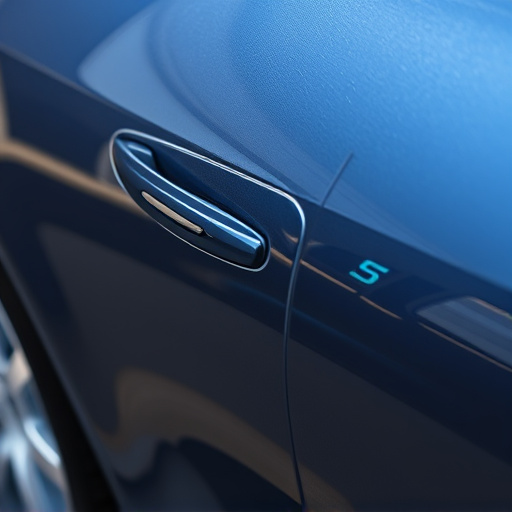
Aluminum body components have gained significant popularity in the automotive industry due to their manufacturing versatility and unique properties. One of the key advantages lies in the various shaping methods available for aluminum, allowing for intricate designs and complex geometries. Unlike steel, which often requires heavy-duty processes like stamping, aluminum can be shaped through techniques such as extrusion, rolling, drawing, and bending. These methods enable automotive manufacturers to create lightweight yet robust panels, frames, and structural elements for vehicles.
In an auto repair shop or during a vehicle collision repair process, the ability to work with aluminum is increasingly important. Aluminum body components can be easily formed, welded, and joined, making them ideal for repairing and replacing damaged parts. This flexibility also extends to customization; custom car enthusiasts often opt for aluminum body repairs or modifications due to its versatility in creating unique designs without compromising strength. In terms of auto body repair, aluminum offers excellent corrosion resistance, ensuring that vehicles retain their structural integrity and aesthetic appeal over time.
When considering the choice between aluminum body components and steel body parts, understanding their unique strengths is key. Aluminum offers superior lightweight construction, making it ideal for fuel-efficient vehicles and air travel. On the other hand, steel excels in durability and corrosion resistance, ensuring longevity in demanding environments. Each material has its place, and the decision often comes down to specific application requirements. For automotive and industrial designs, embracing these metal alternatives allows for innovative, efficient, and durable solutions.
